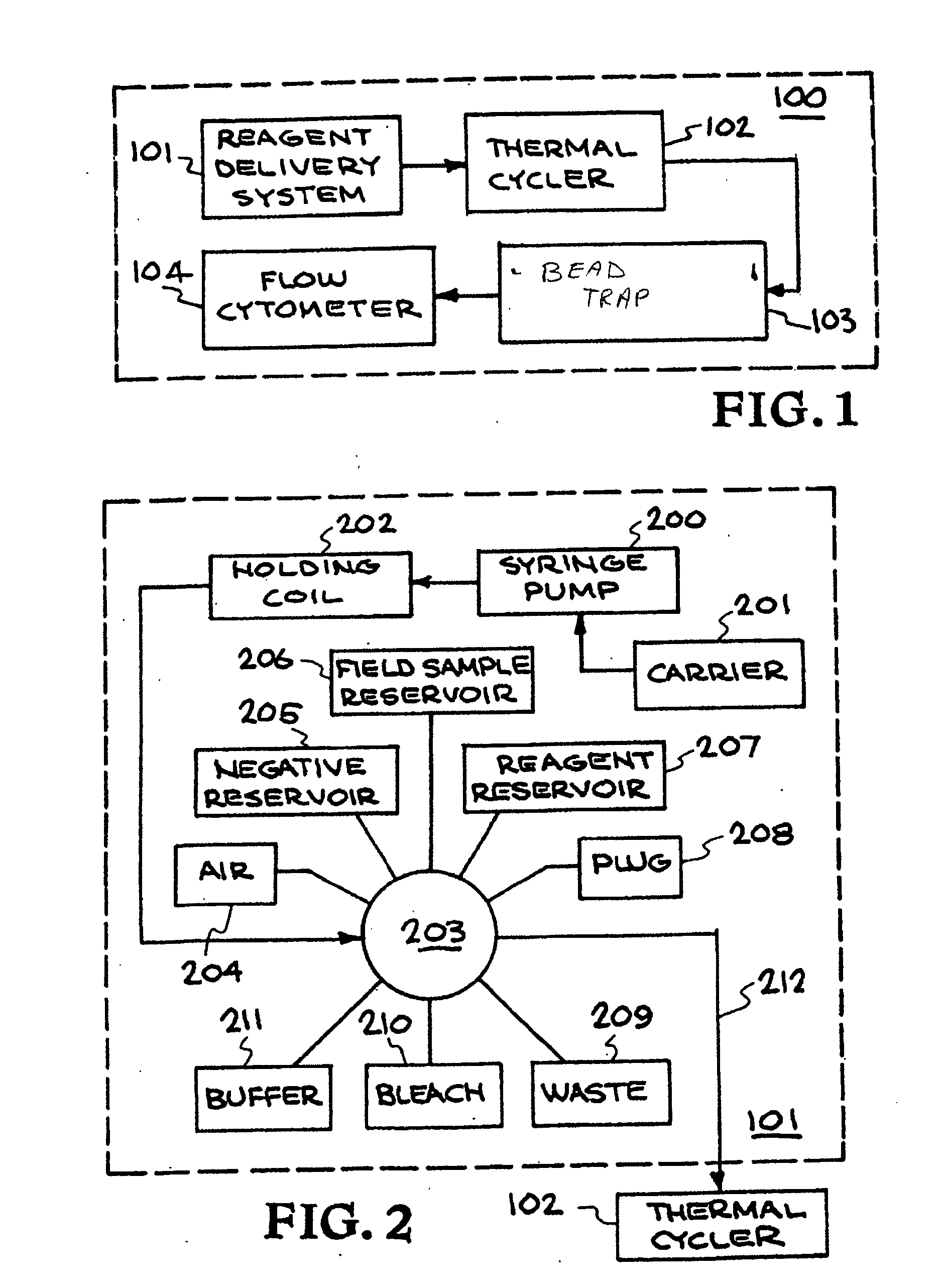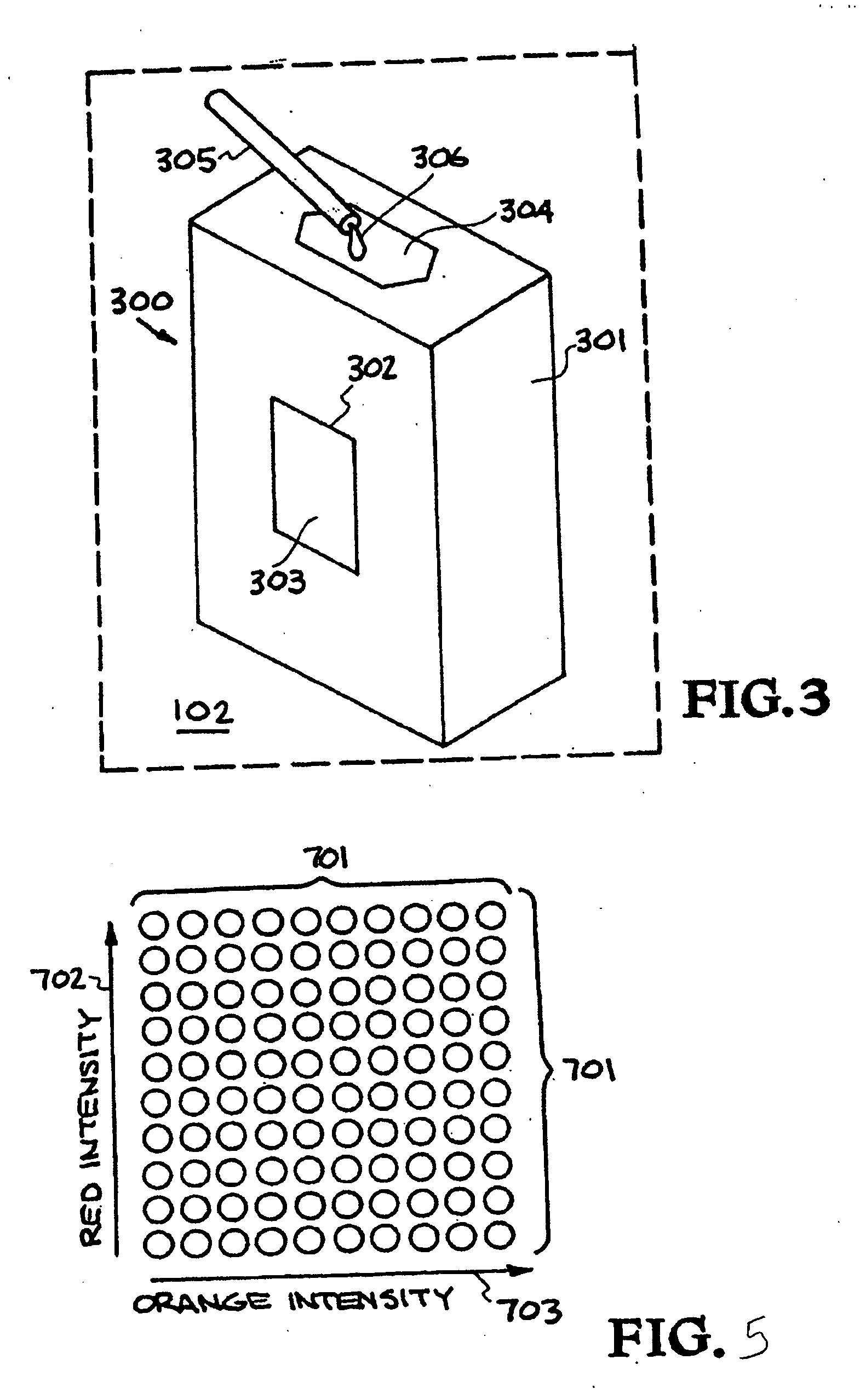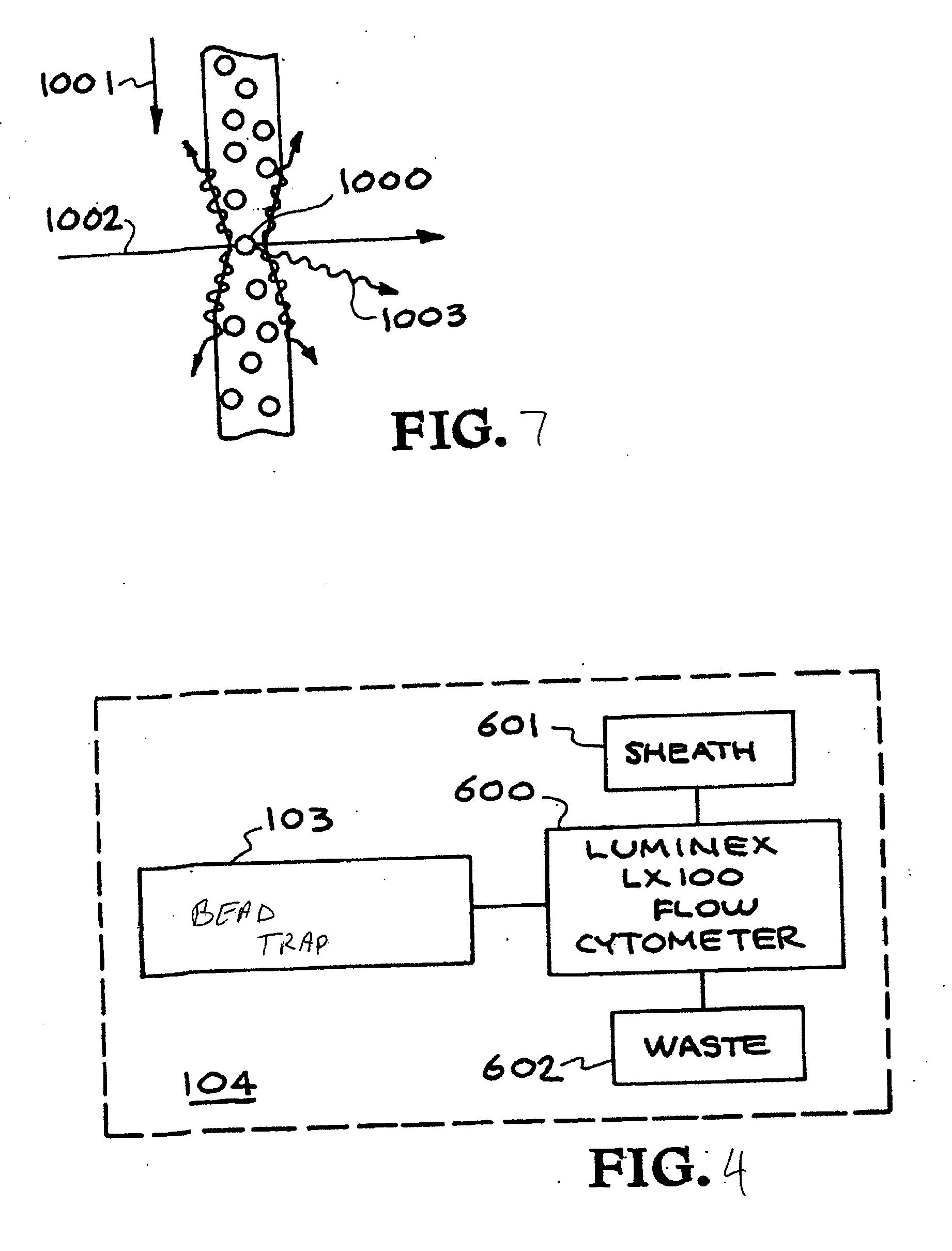Multiplex detection of respiratory pathogens
a respiratory pathogen and multi-stage technology, applied in the field of multi-stage detection of respiratory pathogens, can solve the problems of insufficient sensitivity and specificity of assays, low detection efficiency, and high labor intensity of methods
- Summary
- Abstract
- Description
- Claims
- Application Information
AI Technical Summary
Problems solved by technology
Method used
Image
Examples
example 1
[0145] Identification of nucleic acid signatures for multiplex amplification of respiratory pathogens
[0146] An outline of the development, optimization, and characterization of these multiplexed assays is depicted in FIG. 8. This begins with an analysis of all available genomic sequence information, which forms the basis for the development of signatures. A signature is a region or set of regions on a chromosome that is unique to that organism. The nucleic acid assays employ PCR with primer pairs to generate the signature fragment(s) of interest. Once candidate signatures were identified, they were subjected to a computational screening and down-selection process. This “in silico” screening method tested the candidate regions for uniqueness when compared to all the sequence data available. The computational screening also ensured that the signatures were amenable to assay chemistry requirements and provided a rapid, low-cost initial screening of candidate signatures. The primers th...
PUM
| Property | Measurement | Unit |
|---|---|---|
| temperature | aaaaa | aaaaa |
| Tm | aaaaa | aaaaa |
| temperature | aaaaa | aaaaa |
Abstract
Description
Claims
Application Information
 Login to View More
Login to View More - R&D
- Intellectual Property
- Life Sciences
- Materials
- Tech Scout
- Unparalleled Data Quality
- Higher Quality Content
- 60% Fewer Hallucinations
Browse by: Latest US Patents, China's latest patents, Technical Efficacy Thesaurus, Application Domain, Technology Topic, Popular Technical Reports.
© 2025 PatSnap. All rights reserved.Legal|Privacy policy|Modern Slavery Act Transparency Statement|Sitemap|About US| Contact US: help@patsnap.com



